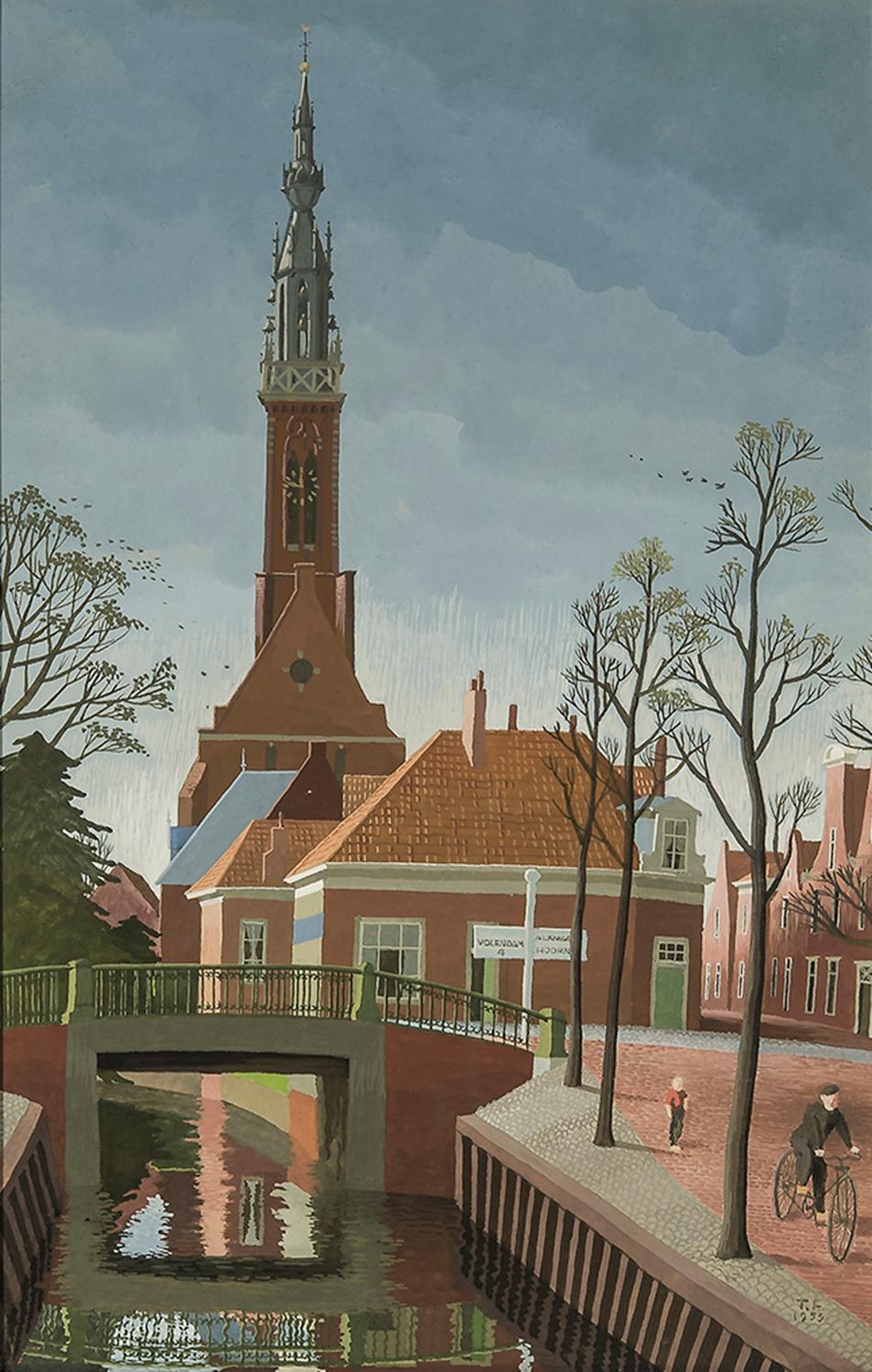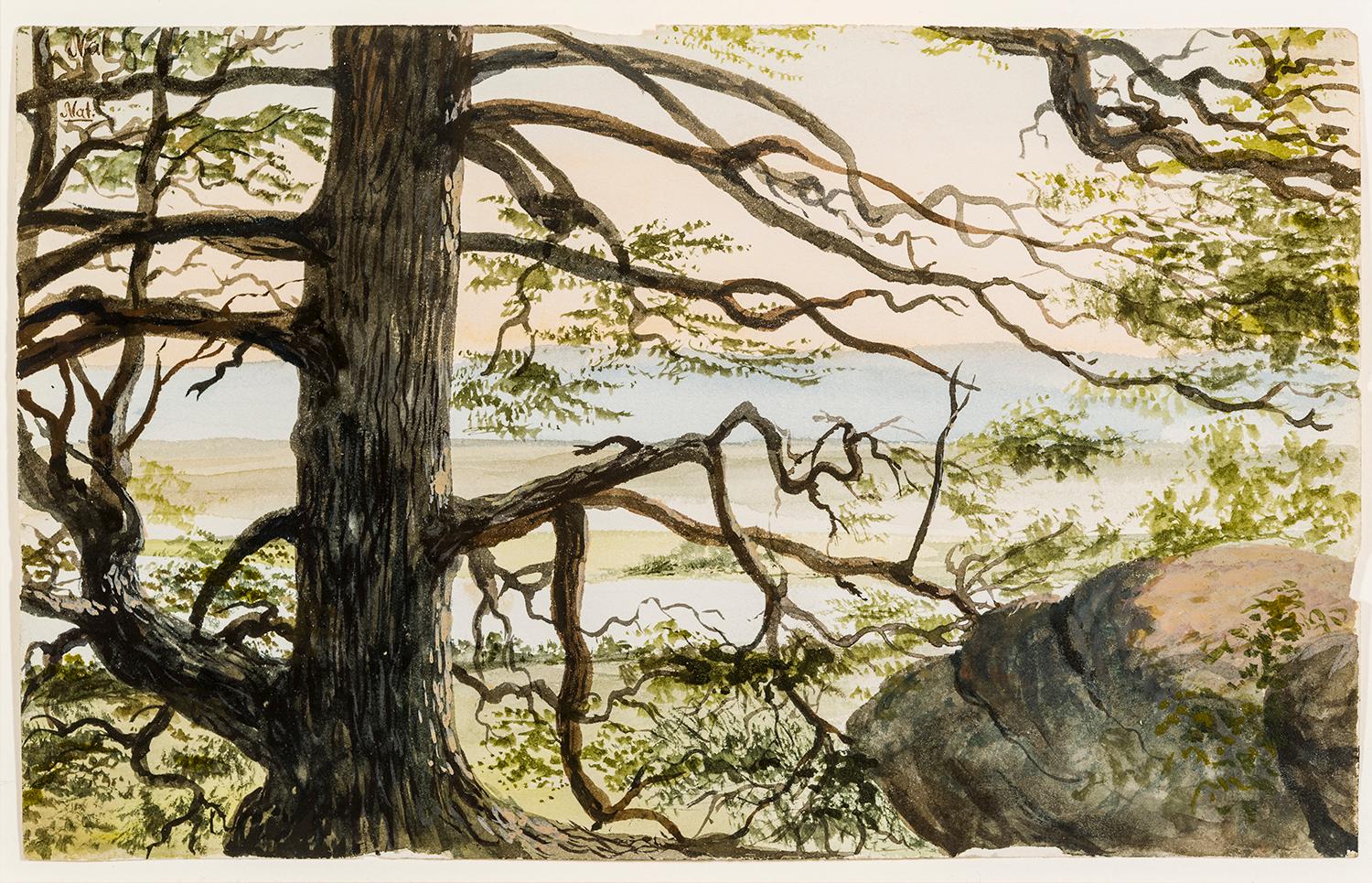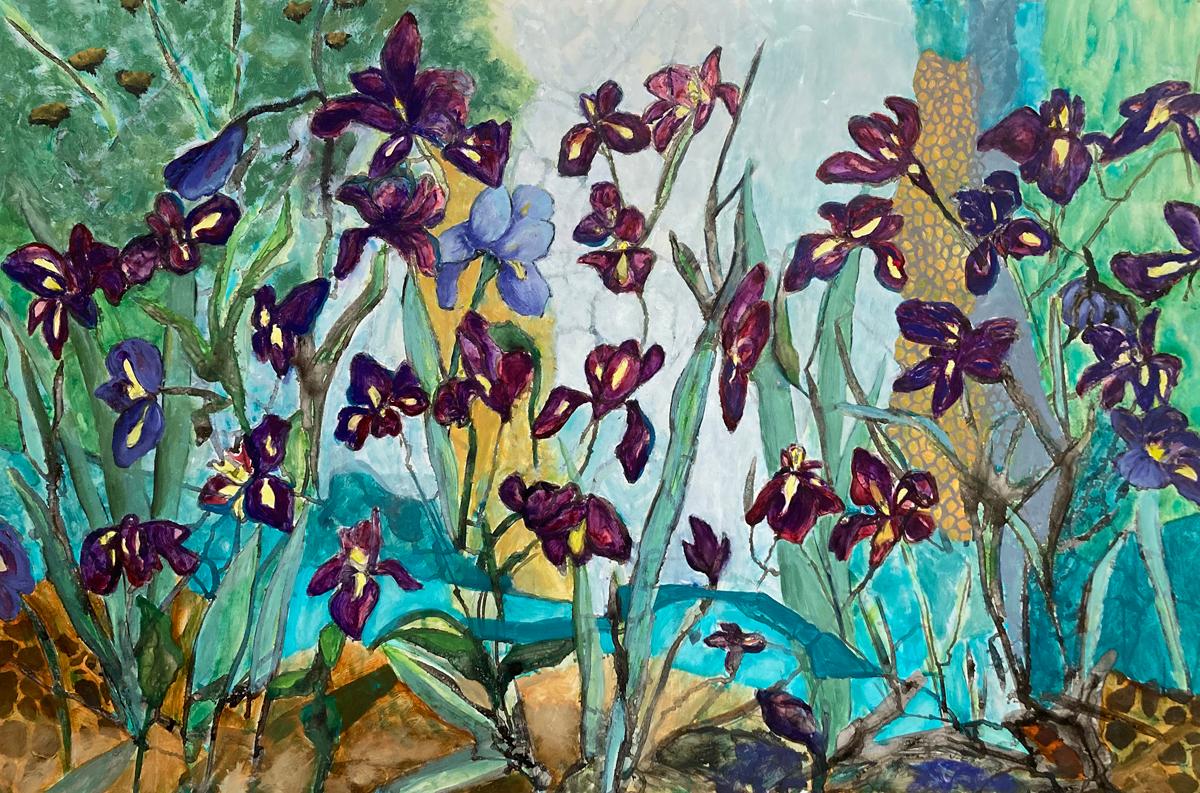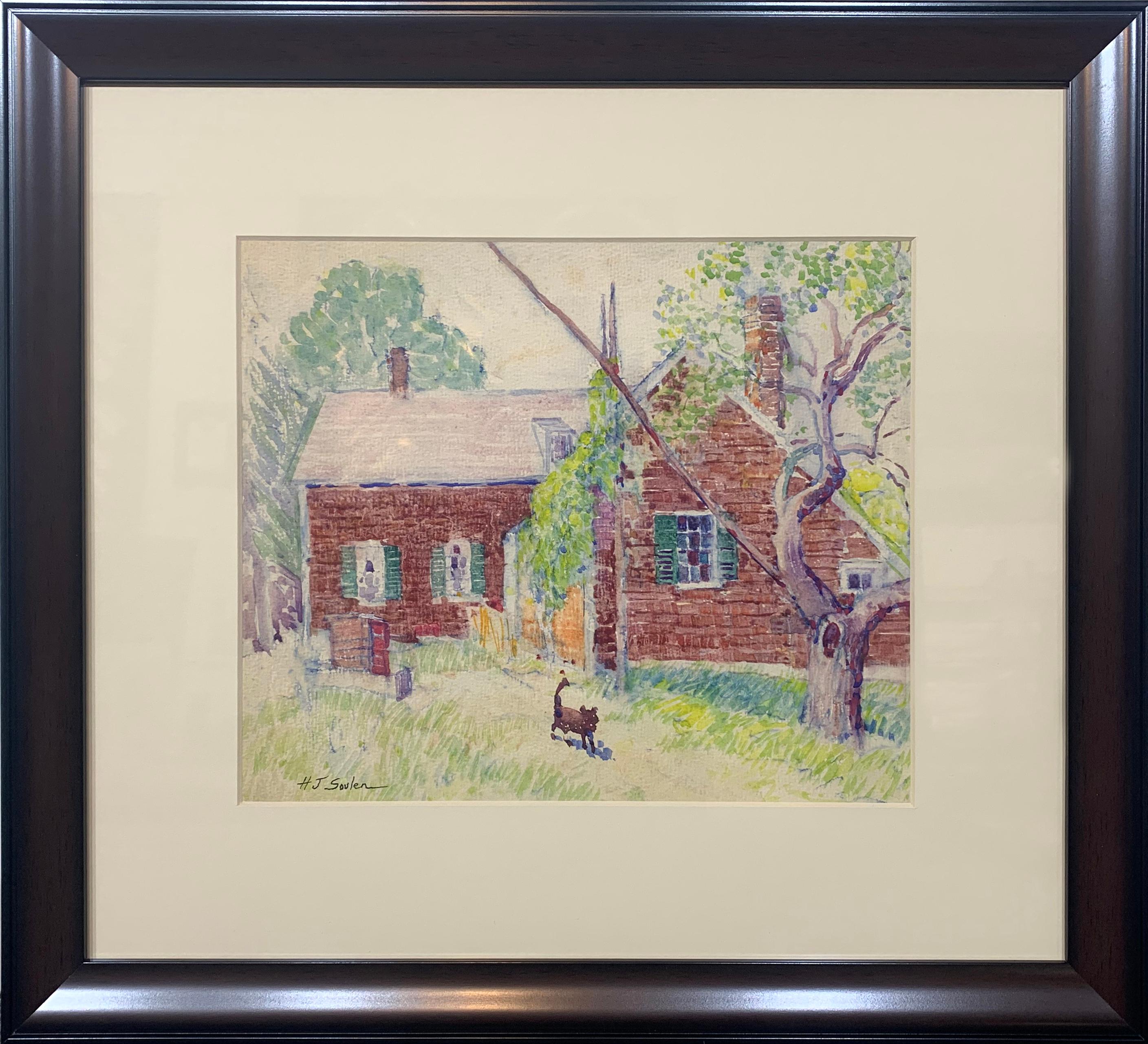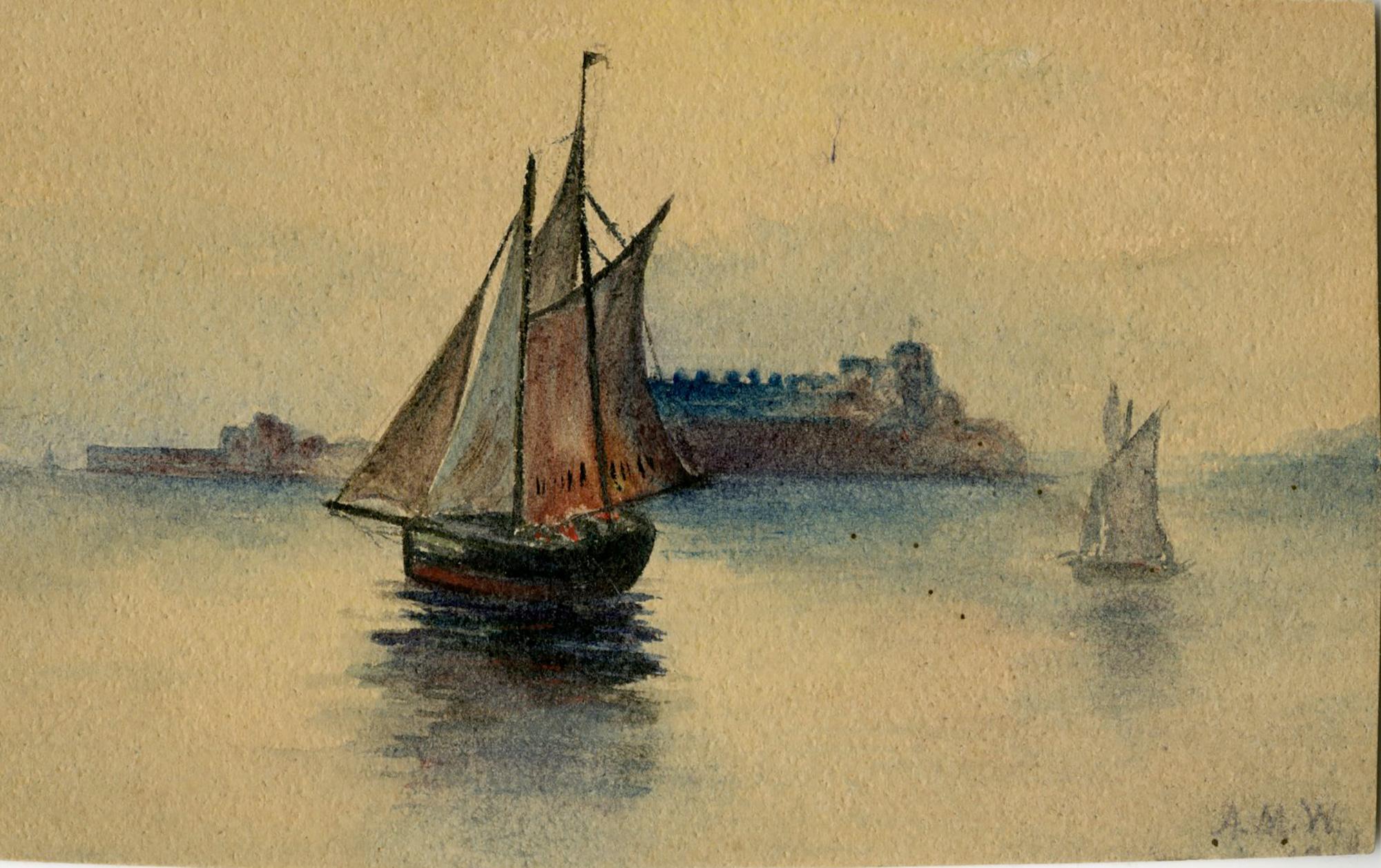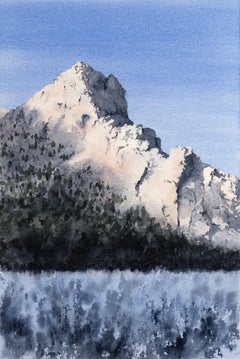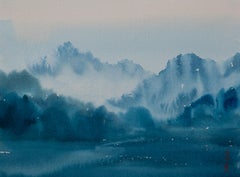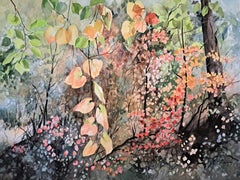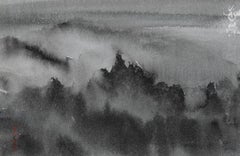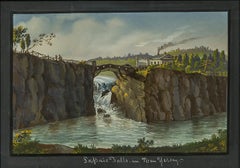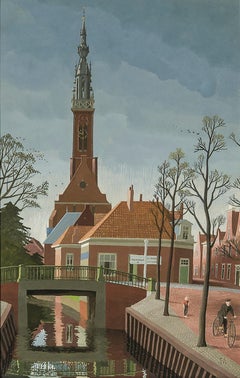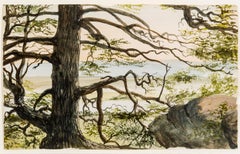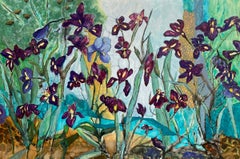Catherine McCargarPoint Lobos Succulents, Original Painting2023
2023
About the Item
Artist Comments
Artist Catherine McCargar presents an intriguing close-up of succulents tenaciously adorning a dramatic cliff. The view overlooks the Pacific Ocean in Point Lobos Natural Reserve. "This park near Carmel, California, is among my most inspirational places to visit," shares Catherine. She joyfully gets lost in painting, adding detail after detail. The fluid colors allow the movement of pigments and the precision of brushwork.
About the Artist
Impressionist Catherine McCargar expresses her deep admiration of nature through landscape paintings of Northern California. While she is well-versed in a range of media, her preferred medium for painting is watercolor. The fluidity of the paint allows her to capture the muted undertones and the fleeting light found in the natural world. While the backgrounds of her paintings are impressionistic, the foregrounds of her paintings are often highly detailed, showcasing her technical mastery over her medium.
Words that describe this painting: State Parks, ocean, waterscape, seascape, nature, plants, cliffs, California, coastal, succulents, west coast, paper, water, calm, realism, flora, seascape, flora, realism, watercolor painting
Point Lobos Succulents
Catherine McCargar
Watercolor painting on paper
Ready to frame
One-of-a-kind
Signed on front
2023
16 in. h x 22.5 in. w
0 lbs. 5 oz.
- Creator:
- Creation Year:2023
- Dimensions:Height: 16 in (40.64 cm)Width: 22.5 in (57.15 cm)Depth: 0.1 in (2.54 mm)
- Medium:
- Movement & Style:
- Period:
- Condition:Point Lobos Succulents. Catherine McCargar. Watercolor painting on paper. Ready to frame. One-of-a-kind. Signed on front.
- Gallery Location:San Francisco, CA
- Reference Number:Seller: 756131stDibs: LU922111911832
- ShippingRetrieving quote...Shipping from: Medford, MA
- Return Policy
More From This Seller
View AllArtist Comments
I really enjoy combining realism with very impressionistic, almost abstract brushwork. The areas of this painting that are loosely interpreted are meant to e...
21st Century and Contemporary American Realist Landscape Drawings and Wa...
Watercolor
Artist Comments
Artist Siyuan Ma presents a tantalizing view of snowcapped mountains in soothing tones of turquoise. He presents aesthetic imagery th...
21st Century and Contemporary Impressionist More Art
Watercolor
Artist Comments
Artist Catherine shares a peek into the beautiful autumnal woodlands of California, presenting her keen eye for color an...
21st Century and Contemporary Impressionist More Art
Watercolor
Artist Comments
Artist Siyuan Ma exhibits a panoramic view of mountains engulfed by a mysterious fog. He presents aesthetic imagery that can take the viewer into a dreamlike ...
21st Century and Contemporary Impressionist More Art
Watercolor
Artist Comments
Artist Siyuan Ma presents a snow-capped landscape enveloped by light fog. The abstract imagery takes the viewer into a dreamlike worl...
21st Century and Contemporary Impressionist More Art
Watercolor
Artist Comments
Artist Siyuan Ma exhibits an abstract landscape of dark misty mountains. The imagery takes the viewer into a dreamlike world of meand...
21st Century and Contemporary Impressionist More Art
Watercolor
You May Also Like
19th Century American Realist Landscape Drawings and Watercolors
Gouache, Paper
20th Century American Realist Landscape Drawings and Watercolors
Gouache, Paper
19th Century American Realist Landscape Drawings and Watercolors
Watercolor
2010s American Realist Landscape Paintings
Mixed Media, Oil, Watercolor
Mid-20th Century American Realist Landscape Drawings and Watercolors
Watercolor, Archival Paper
Early 20th Century American Realist Landscape Drawings and Watercolors
Watercolor, Handmade Paper

